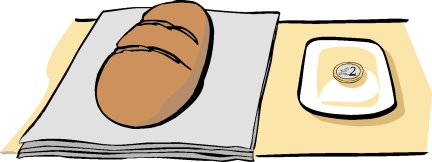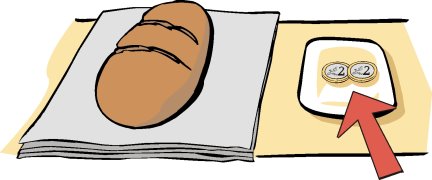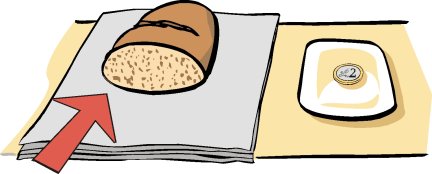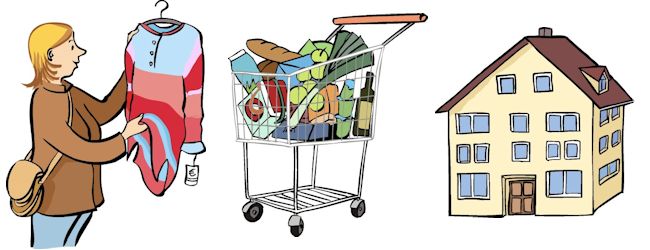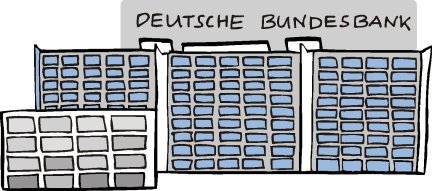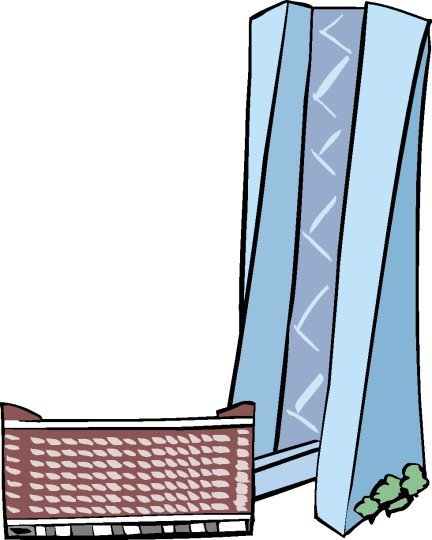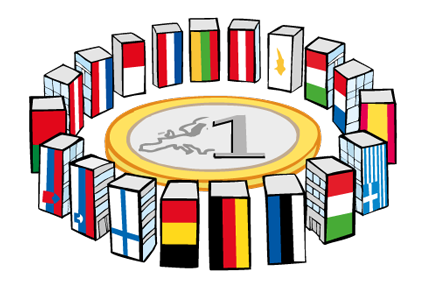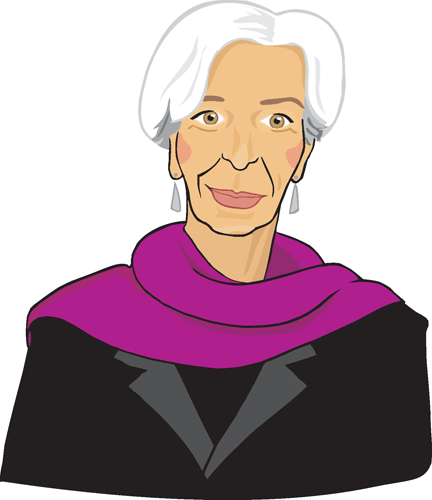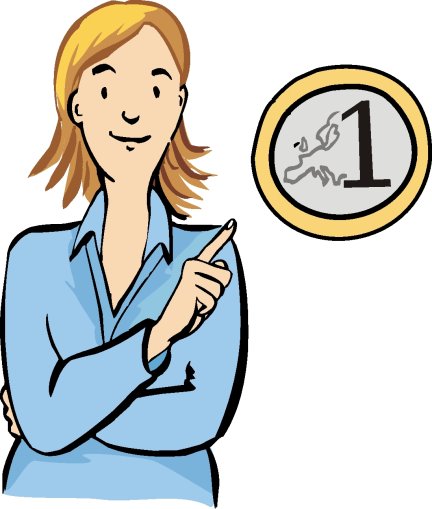
Everything stays affordable Information about Bundes-Bank. In easy-to-read format.

Stable prices mean:
We can buy as much with €1
in the near future as we can today.
We call this price stability.
Price stability is important to you and others.

For example, when you go shopping:
Today you buy bread for €2.
With price stability:
Your bread will cost €2 in the future too.
Without price stability:
The bread would cost €4 in the future.
In other words:
You would only get half a loaf of bread for €2.
You need lots of things in your day-to-day life.
For example: clothes, food and somewhere to live.
Sometimes you also want to go swimming.
Without price stability,
all these things would get more expensive.
This is because money would lose its value.
Perhaps you no longer have enough money for the swimming pool.
That is why the Bundesbank’s
most important task is to keep
the value of money stable.
This way, you can buy as much with your money
in the near future as you can today.
With the European Central Bank and the central banks of the other European countries, the Bundesbank keeps prices stable.
This means that things do not become too expensive for you.
This task is also called monetary policy.
Together, the Deutsche Bundesbank,
the European Central Bank and the central banks
of the European countries are called the Eurosystem.
The President of the European Central Bank is called Christine Lagarde.
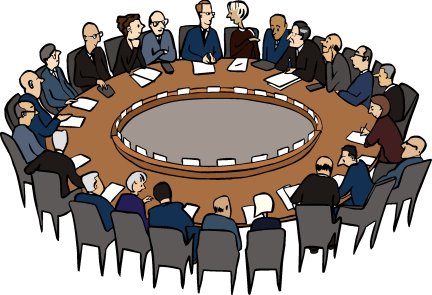
All presidents of the central banks meet twice a month.
This is also called the Governing Council.
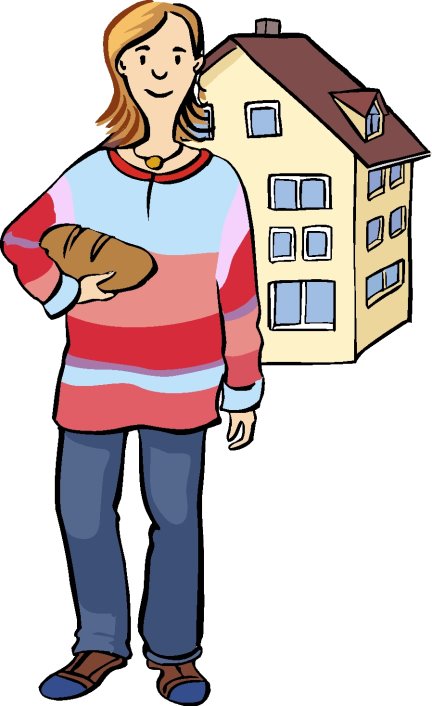
The Eurosystem’s Governing Council is called
the Governing Council of the European Central Bank.
Its short name is the ECB Governing Council.
It is pronounced ee-see-bee Governing Council.
The ECB Governing Council is in charge of monetary policy.
Prices for bread and other things stay stable.
Illustrations: © Reinhild Kassing
